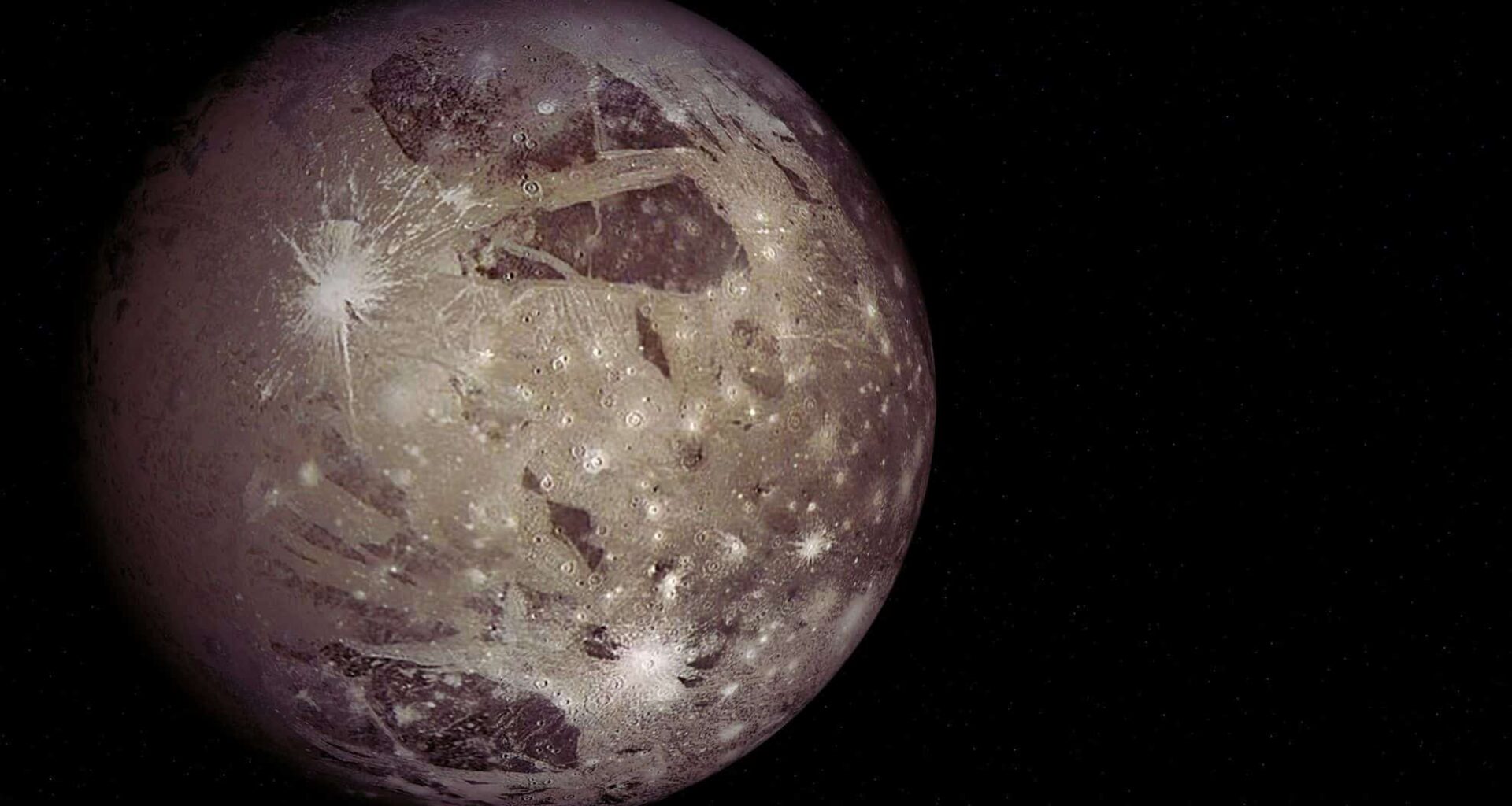Dark matter, the elusive substance that makes up around 27% of the universe, remains one of the most intriguing mysteries in modern science. Despite extensive research, astronomers have yet to directly detect dark matter particles or their by-products, primarily because of their faint interaction with regular matter. In a new study available on arxiv, scientists are suggesting that Ganymede, the largest moon in our Solar System, could play a pivotal role in detecting these elusive particles, providing an innovative and unconventional approach to dark matter research. By turning Ganymede into an unlikely detector, this approach offers new avenues for unraveling the cosmic enigma that makes up most of the universe’s mass.
The Traditional Search for Dark Matter and Its Challenges
For decades, the search for dark matter has focused on tiny particles like axions, weakly interacting massive particles (WIMPs), and sterile neutrinos. These particles are believed to interact weakly with normal matter, making them exceedingly difficult to detect. Traditional detection efforts, relying on highly sensitive instruments and particle accelerators, have yielded limited success. The paper by William DeRocco, a Post-Doctoral Associate at the University of Maryland, proposes a different avenue: macroscopic dark matter (mDM). DeRocco’s idea suggests that dark matter might not only consist of small particles but could be made up of large, high-mass objects. These objects, with low number densities, could easily evade current detection techniques that focus on detecting small particles.
“While the majority of attention has focused on the search for new particles with intrinsically weak interactions, an alternative paradigm, known as macroscopic dark matter, suggests that dark matter may instead be composed of high-mass macroscopic objects with sufficiently low number density to evade current detection efforts,” the paper explains.
Why Ganymede is an Ideal Candidate for Dark Matter Detection
The study explores the potential for detecting these larger dark matter candidates by utilizing massive celestial bodies, like moons or planets, which have the mass required to trap and detect these large objects. Ganymede, with its massive size—larger than Mercury—and unique characteristics, could offer just the right environment for such experiments. Over the past two billion years, Ganymede has remained largely unchanged, which makes it an ideal candidate for this kind of research. A key advantage of Ganymede is its differentiated subsurface layers, which could provide essential clues in detecting dark matter interactions.
DeRocco elaborates that “a large open parameter space remains for such DM [dark matter] candidates in the range of 10¹² − 10²² g and densities ranging from atomic (1 g/cm³) to nuclear (10¹⁴ g/cm³). This is an exceptionally challenging parameter space to probe, as the high mass leads to a correspondingly small number density in the Galaxy, with, e.g., only one 10¹⁴ g DM constituent passing through the Earth every ≈ 10⁵ years.” These colossal objects may be so rare in the galaxy that detecting them on Earth is virtually impossible. However, an enormous, long-duration detector, such as Ganymede, could significantly improve our chances of detection.
Unique Signatures of Dark Matter Impacts on Ganymede
Ganymede’s surface has been battered by countless impacts over billions of years, which has left it scarred with craters. However, the study suggests that impacts caused by macroscopic dark matter might leave unique signatures. DeRocco argues that these high-mass dark matter objects could penetrate deep into Ganymede’s subsurface, releasing material from layers that would otherwise remain untouched by regular impacts. The resulting changes in the moon’s structure could act as a distinguishing feature that helps separate dark matter interactions from more conventional impacts.
“Critically, due to its compositionally differentiated subsurface layers, DM collisions with the moon can release deep subsurface material that traditional impacts cannot, providing a critical signature by which to discriminate DM interactions from conventional ones,” DeRocco states. Such signatures could become visible in the form of small craters, less than 10 km in diameter, that exhibit an unusually high amount of melt volume and an anomalous composition compared to the surrounding areas. These characteristics would be difficult to explain using traditional cratering models, making them strong candidates for further investigation.
The Role of Upcoming Space Missions in Dark Matter Discovery
The upcoming Jupiter Icy Moons Explorer (JUICE) and Europa Clipper missions, which are set to explore Jupiter’s moons, could be equipped with high-resolution spectral imagers capable of detecting these anomalous features. DeRocco notes that the spacecraft’s sensors could detect craters and subsurface signatures caused by dark matter impacts, offering a new and potentially revolutionary way to probe for dark matter in the outer Solar System. If successful, these missions could help constrain our search for dark matter, ruling out some candidates while opening the door to new possibilities.
Even if Ganymede fails to provide the definitive evidence for macroscopic dark matter, the Jupiter probes still have other avenues to explore. With Jupiter itself also being a prime candidate for dark matter detection, these missions could provide valuable data that could change our understanding of dark matter, no matter what they ultimately find.
